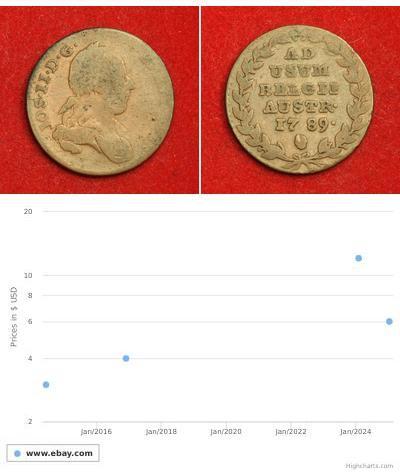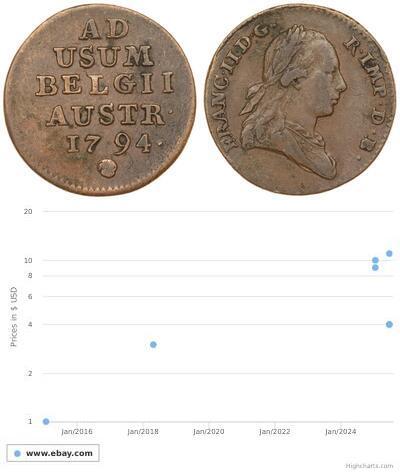[ 4780] THEODOSIUS I , 379-395 A.D. Bronze AE4 (17mm, 2,55 gm.) Thessalonica, 379-383 A.D. Reference: RIC 61b. D N THEODOSIVS P F AVG, pearl diademed, draped, cuirassed bust right. VIRTVS AVGGG, emperor standing left on prow of ship, head right, foot on captive & holding phoenix on globe & standard; Victory sits at the helm, A to left, TES in ex. Provided with certificate of authenticity. CERTIFIED AUTHENTIC by Sergey Nechayev, PhD - Numismatic Expert Flavius Theodosius ( 11 January 347 – 17 January 395), also called Theodosius I and Theodosius the Great(Greek: Θεοδόσιος Α΄ and Θεοδόσιος ο Μέγας), was Roman Emperor from 379 to 395. Reuniting the eastern and western portions of the empire, Theodosius was the last emperor of both the Eastern and Western Roman Empire. After his death, the two parts split permanently. He is also known for making Nicene Christianity the officialstate religion of the Roman Empire. Career Theodosius was born in Cauca, in Hispania (modern day Coca, Spain) or, more probably, in or near Italica(Seville), to a senior military officer, Theodosius the Elder.[3] He accompanied his father to Britannia to help quell the Great Conspiracy in 368. He was military commander (dux) of Moesia, a Roman province on the lowerDanube, in 374. However, shortly thereafter, and at about the same time as the sudden disgrace and execution of his father, Theodosius retired to Spain. The reason for his retirement, and the relationship (if any) between it and his father's death is unclear. It is possible that he was dismissed from his command by the emperor Valentinian I after the loss of two of Theodosius' legions to the Sarmatians in late 374. The death of Valentinian I in 375 created political pandemonium. Fearing further persecution on account of his family ties, Theodosius abruptly retired to his family estates where he adapted to the life of a provincial aristocrat. From 364 to 375, the Roman Empire was governed by two co-emperors, the brothers Valentinian I and Valens; when Valentinian died in 375, his sons, Valentinian II and Gratian, succeeded him as rulers of the Western Roman Empire. In 378, after Valens was killed in the Battle of Adrianople, Gratian appointed Theodosius to replace the fallen emperor as co-augustus for the East. Gratian was killed in a rebellion in 383, then Theodosius appointed his elder son, Arcadius, his co-ruler for the East. After the death in 392 of Valentinian II, whom Theodosius had supported against a variety of usurpations, Theodosius ruled as sole emperor, appointing his younger son HonoriusAugustus as his co-ruler for the West (Milan, on 23 January 393) and defeating the usurper Eugenius on 6 September 394, at the Battle of the Frigidus (Vipava river, modern Slovenia) he restored peace. Family By his first wife, the probably Spanish Aelia Flaccilla Augusta, he had two sons, Arcadius and Honorius and a daughter, Aelia Pulcheria; Arcadius was his heir in the East and Honorius in the West. Both Aelia Flaccilla and Pulcheria died in 385. His second wife (but never declared Augusta) was Galla, daughter of the emperor Valentinian I and his second wifeJustina. Theodosius and Galla had a son Gratian, born in 388 who died young and a daughter Aelia Galla Placidia(392–450). Placidia was the only child who survived to adulthood and later became an Empress; a third child, John, died with his mother in childbirth in 394. Diplomatic policy with the Goths The Goths and their allies (Vandali, Taifalae, Bastarnae and the native Carpi) entrenched in the provinces of Daciaand eastern Pannonia Inferior consumed Theodosious' attention. The Gothic crisis was so dire that his co-Emperor Gratian relinquished control of the Illyrian provinces and retired to Trier in Gaul to let Theodosius operate without hindrance. A major weakness in the Roman position after the defeat at Adrianople was the recruiting of barbariansto fight against other barbarians. In order to reconstruct the Roman A ...
Mehr...

|
Beigetragen von:
anonymous 2015-08-18 |
Similar Coin Groups
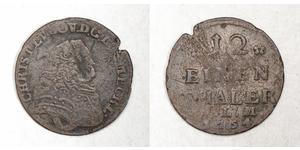
1/12 Thaler Mecklenburg-Schwerin (1352-1 ...
Diese Gruppe hat 3 Münzen / 3 Preise
Add coin to this group

1 AE2 Antikes Griechenland (1100BC-330) ...
Diese Gruppe hat 8 Münzen / 7 Preise
Add coin to this group

8 Maravedi Kingdom of Spain (1814 - 1873 ...
Diese Gruppe hat 5 Münzen / 3 Preise
Add coin to this group
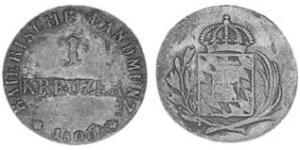
1 Kreuzer Königreich Bayern (1806 - 1918 ...
Diese Gruppe hat 2 Münzen / 1 Preise
Add coin to this group
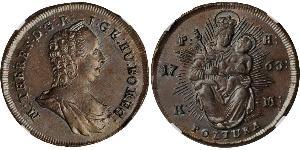
1 Poltura Königreich Ungarn (1000-1918) ...
Diese Gruppe hat 6 Münzen / 6 Preise
Add coin to this group

1/2 Abazi Russisches Reich (1720-1917) S ...
Diese Gruppe hat 10 Münzen / 10 Preise
Add coin to this group
2025-05-25
- Historical Coin Prices
2025-05-25
- Historical Coin Prices
Das könnte Sie auch interessieren:








